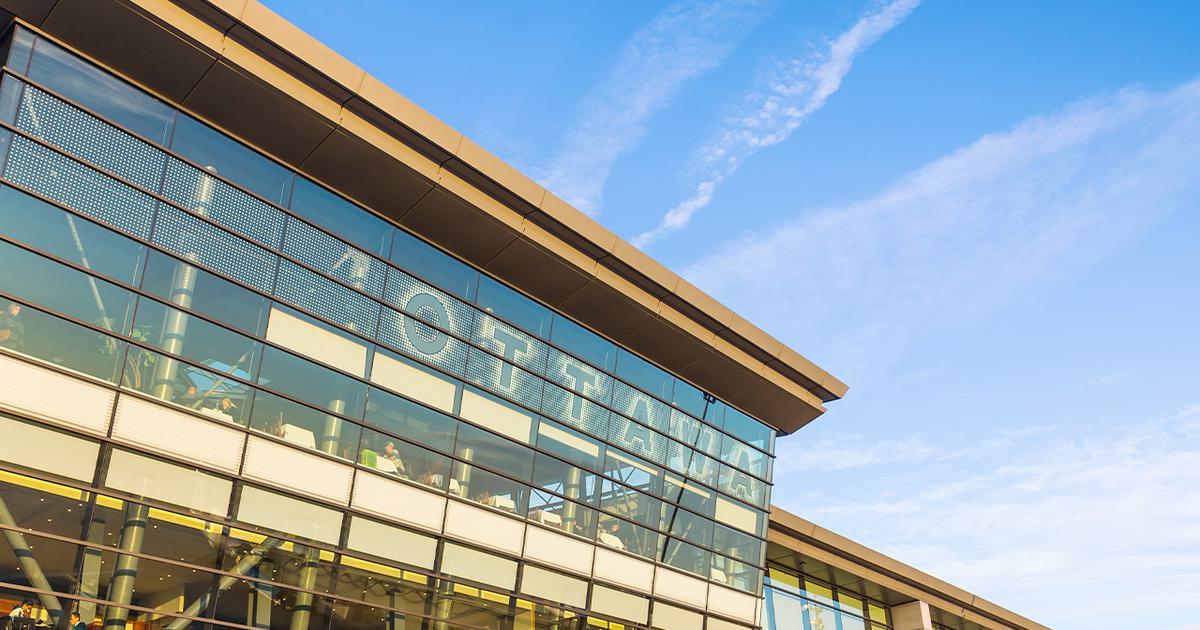I think it’s more of a language / translation issue. In the francophone world (esp France), nobody uses the term “LRT”. Le train léger is a direct translation of LRT but it’s very rarely used.
“Le Tramway” is the most commonly used terminology in the francophone world when people want to describe at-grade LRT systems like Finch West or ION LRT or even TTC Streetcar network. But obviously, nobody in Quebec calls REM “le tramway” because it’s a totally different animal from all of the above. Hence, most Montrealers now just refer to it as “Le REM”, almost like how Vancouverites call their system “Skytrain”.
This makes sense because Quebec currently has two actual “tramway” (LRT) projects - le tramway de l’Est et le tramway de Québec (le TramCité) - both of which are clearly branded as “tramways” (LRT equivalent) from day one so as to distinguish them from le REM and Montreal’s existing Metro.





